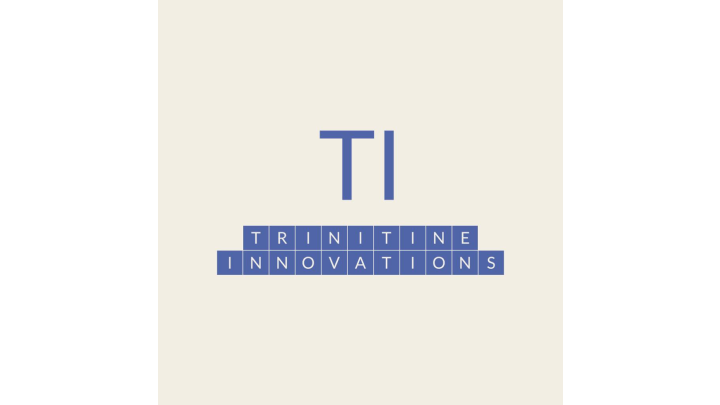 Certified Startup
Certified Startup
We propose the novel concept called ‘Assistant Free Surgery’ which facilitates delivery of smooth and precise surgical care, without the need for assistants. The surgical system for upper limb surgeries that we have already designed provides a novel approach to fracture reduction and fixation with the self-retaining bone clamp assembly, which would be evidently more convenient and less time consuming. This could very well open up opportunities to improve the health care delivered, especially in rural health care system in developing countries like India. Also in tertiary care or corporate hospital setup, the use of our surgical system permits better distribution and utilisation of manpower. Reduction in the skilled manpower required for the conduct of surgery can very well reduce the surgery cost imposed on the patient. For our novel concept of the surgical system for upper limb surgeries, we have been granted US patent (US patent no: US 10,743,961 B2) and UK patent (UK patent no: GB2571609). Indian patent (Application no: 201741047217) is in the official process of examination.
We propose the novel concept called ‘Assistant Free Surgery’ which facilitates delivery of smooth and precise surgical care, without the need for assistants. The surgical system for upper limb surgeries that we have already designed provides a novel approach to fracture reduction and fixation with the self-retaining bone clamp assembly, which would be evidently more convenient and less time consuming. This could very well open up opportunities to improve the health care delivered, especially in rural health care system in developing countries like India. Also in tertiary care or corporate hospital setup, the use of our surgical system permits better distribution and utilisation of manpower. Reduction in the skilled manpower required for the conduct of surgery can very well reduce the surgery cost imposed on the patient. For our novel concept of the surgical system for upper limb surgeries, we have been granted US patent (US patent no: US 10,743,961 B2) and UK patent (UK patent no: GB2571609). Indian patent (Application no: 201741047217) is in the official process of examination.